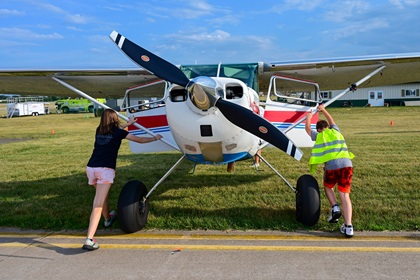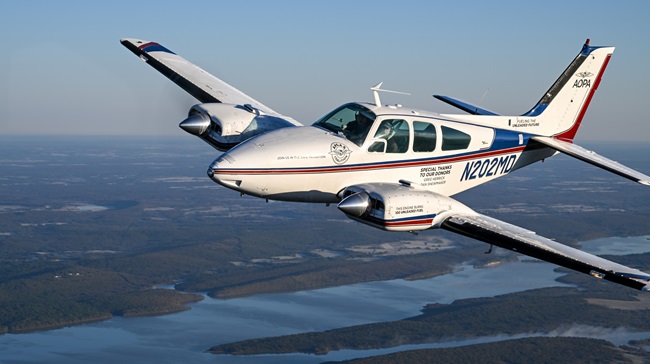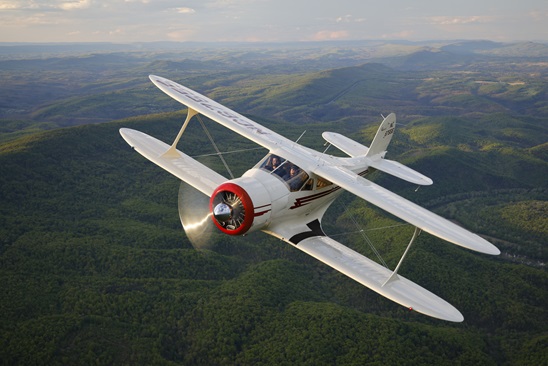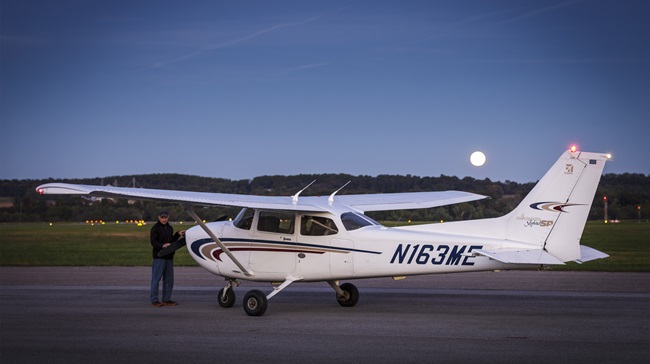MOSAIC proposed rule published
Don't let the bland, nondescriptive title fool you.
The multiyear Modernization of Special Airworthiness Certification (MOSAIC) reforms are on the verge of delivering sweeping and far-reaching changes that promise huge benefits to a broad spectrum of general aviation pilots, aircraft owners, instructors, technicians, and manufacturers.
“The clean stall speed (VS1) of 54 knots is too low. It would allow a Cessna 182 but not allow a Piper Cherokee, and also exclude many other popular four-seat aircraft,” Huling said. “We will push to get it revised to incorporate all logical four-seat aircraft.”
AOPA will submit detailed comments by the October 23 deadline, and encourages members to do the same.
The main thrust of MOSAIC redefines the light sport aircraft category and dramatically raises the size and performance capabilities of airplanes that can be flown by sport pilots.
MOSAIC ditches the current LSA weight limit of 600 kilograms (1,320 pounds) and replaces it with “performance-based” measures such as a 54-knot maximum clean stall speed (Vs1) that will allow airplanes with gross weights up to about 3,000 pounds to be operated by sport pilots.

The new regulations also do away with the current 120-knot LSA speed restriction and allow controllable-pitch propellers and retractable landing gear. Sport pilots also will be allowed to fly at night and operate the more capable aircraft with appropriate training and instructor endorsements. Under the new definition, light sport airplanes can have up to four seats, and travel at a top speed of 250 knots calibrated airspeed. In anticipation of vertical takeoff and landing aircraft, MOSAIC replaces the current requirement that LSAs have a “single, reciprocating engine” with an open-ended allowance for “any number and type” of powerplant.
It’s a head-spinning turnabout.
Under the current LSA rules, for example, a Cessna 152 doesn’t qualify because it has a gross weight of more than 600 kilograms. The new rules will allow 150s and 152s, as well as a Cessna 172, 172RG, 170, 180, and some 182s.
Sport pilots would still be limited to taking no more than one passenger at a time even if the airplane has more seats than that. MOSAIC also imposes certain noise restrictions.
MOSAIC also allows the use of relatively inexpensive, safety-enhancing avionics to be installed in LSA aircraft regardless of whether they’re FAA certified, and it allows manufacturer-approved, appropriately equipped LSA airplanes and qualified pilots to fly under IFR in instrument conditions.
Angle of attack indicators, envelope protection equipment, and moving maps are encouraged under MOSAIC to promote “safe and cost-effective flight training.”
Among those likely to be enthusiastic about the proposed changes are owners of existing aircraft that could soon qualify as LSAs, and experimental avionics firms that can sell their products much more broadly.
“LSA aircraft have been shown to have a lower accident rate than experimental/amateur-built airplanes,” the NPRM states. “The FAA intends for these expansions to increase safety by encouraging aircraft owners, who may be deciding between an experimental aircraft or a light-sport category aircraft, to choose aircraft higher on the safety continuum.”
MOSAIC also allows some aerial work for LSAs that hasn't been permitted under existing rules.
Pipeline patrol, aerial photography, search and rescue, and advertising are all being considered under MOSAIC (although carrying passengers for hire is not).
MOSAIC points out some of the ways that new technologies such as fly-by-wire flight control systems and full authority digital engine control powerplants with single-lever power controls have increased performance and reliability while decreasing pilot workload.
Increasing aircraft safety and performance have historically been mutually exclusive. But the authors of MOSAIC say they believe they don’t have to be.
According to the NPRM, the FAA “recognizes that this is a balancing act.”



